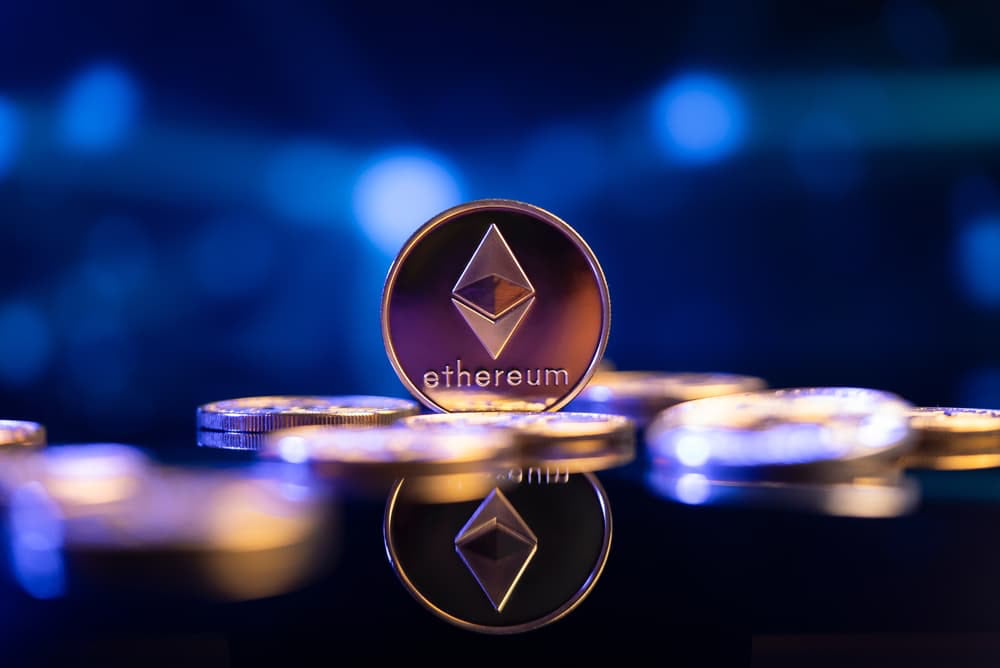
Ethereum was created by Vitalik Buterin in 2014. Buterin was only 19 years old at the time, and had previously been involved in the Bitcoin community. He saw the potential for a more advanced blockchain platform that could enable the creation of smart contracts and decentralized applications (DApps), and set out to build it.
The Ethereum network went live on July 30, 2015. This marked the beginning of a new era for blockchain technology, as Ethereum offered new capabilities beyond simple value transfer. With Ethereum, developers could create programmable contracts that could execute automatically when certain conditions were met.
The first version of Ethereum was called Frontier. This version was considered experimental and was mainly intended for developers to experiment with the platform. It was not until the Homestead upgrade that Ethereum was considered ready for broader adoption.
Ethereum is a decentralized blockchain platform that enables the creation of smart contracts and decentralized applications (DApps). Unlike Bitcoin, which was primarily designed for peer-to-peer electronic cash transactions, Ethereum was designed as a platform for building decentralized applications. These applications can range from financial applications to games, social networks, and more.
The native cryptocurrency of the Ethereum network is called Ether (ETH). Ether is used to pay for transaction fees and to incentivize miners to maintain the network. It can also be used as a store of value and traded on cryptocurrency exchanges.
The total supply of Ether is capped at 18 million per year. This is known as the Ethereum monetary policy, and is designed to ensure that the inflation rate of Ether decreases over time. The current rate of Ether inflation is around 4%, but it is expected to decrease over time as more Ether is burned through transaction fees.
The current block reward for mining Ether is 2 ETH. This means that for every block that is mined on the Ethereum network, the miner receives 2 Ether as a reward. This reward is designed to incentivize miners to secure the network and process transactions.
The first transaction on the Ethereum network was made by Buterin himself, sending 0.01 ETH to a developer named Jeff Wilcke. This transaction marked the beginning of the Ethereum network and demonstrated the ability of the platform to transfer value.
Ethereum has undergone several upgrades, including Homestead, Byzantium, Constantinople, and Istanbul. These upgrades have introduced new features, improved security, and increased scalability of the Ethereum network.
The most recent upgrade to Ethereum is called London, which was implemented in August 2021. The London upgrade introduced a new transaction fee mechanism called EIP-1559, which aims to reduce transaction fees and make the network more predictable for users.
The London upgrade introduced a new transaction fee mechanism called EIP-1559. This mechanism aims to make the transaction fee market more efficient by introducing a base fee that is burned and a tip that goes to miners. The base fee is adjusted dynamically based on network demand, making the transaction fee market more predictable.
The highest price ever reached by Ether was $4,362 on May 12, 2021. This represented a significant increase from its initial price of just a few cents in 2015. Ether’s price has been volatile over the years, but its overall trend has been upward.
The market capitalization of Ether as of March 15, 2023 is approximately $500 billion. This makes it the second-largest cryptocurrency by market capitalization, behind only Bitcoin. Ether’s market capitalization has fluctuated over the years, but it has generally trended upward along with its price.
Ethereum is one of the most well-known and widely used cryptocurrencies in the world, and it holds the distinction of being the second-largest cryptocurrency by market capitalization, second only to Bitcoin. Market capitalization refers to the total value of all the units of a particular cryptocurrency in circulation, and is calculated by multiplying the current price of the cryptocurrency by the total number of units in circulation.
Ethereum has a large and active developer community. This community is responsible for creating and maintaining the various DApps and smart contracts that run on the Ethereum network. The Ethereum Foundation, which was created by Buterin and others, provides funding and support for the development of the Ethereum ecosystem.
Ethereum has been used to raise funds through initial coin offerings (ICOs). An ICO is a fundraising method in which a new cryptocurrency is offered to investors in exchange for other cryptocurrencies, such as Bitcoin or Ether. Many successful ICOs have been conducted on the Ethereum network, raising billions of dollars in total.
The DAO, short for Decentralized Autonomous Organization, was a notable project built on top of Ethereum. The DAO was a complex smart contract that aimed to create a decentralized investment fund. However, it was hacked in 2016, resulting in the loss of millions of dollars worth of Ether. This incident led to a controversial hard fork of the Ethereum network, which resulted in the creation of Ethereum and Ethereum Classic.
Ethereum is often referred to as a “world computer” because of its ability to execute code in a decentralized manner. When a smart contract is deployed on the Ethereum network, it is executed by nodes all over the world, creating a decentralized computing network. This makes it possible to create decentralized applications that can run autonomously without the need for a central authority.
Ethereum is used in a wide variety of applications, including decentralized finance (DeFi), non-fungible tokens (NFTs), gaming, and more. DeFi applications on Ethereum allow users to lend, borrow, and trade cryptocurrencies and other assets in a decentralized manner. NFTs, which are unique digital assets, are often created and traded on the Ethereum network.
The Ethereum network has been criticized for its high transaction fees and slow transaction processing times during periods of high network demand. However, the London upgrade and other upgrades are aimed at addressing these issues and improving the user experience on the Ethereum network.
Ethereum is not the only blockchain platform that enables the creation of smart contracts and DApps. Other platforms, such as EOS, Cardano, and Polkadot, also offer similar capabilities. However, Ethereum remains the most widely used and well-known platform in this space.
The Ethereum network is secured by a consensus mechanism called Proof of Stake (PoS). PoS is a more energy-efficient and environmentally friendly alternative to the Proof of Work (PoW) mechanism used by Bitcoin and many other cryptocurrencies. PoS is expected to be fully implemented on the Ethereum network in the near future, further improving its sustainability.
Ethereum is an open-source project, which means that its code is publicly available and can be audited and modified by anyone. This makes Ethereum a truly decentralized platform, as anyone can contribute to its development and use its capabilities for their own purposes.








